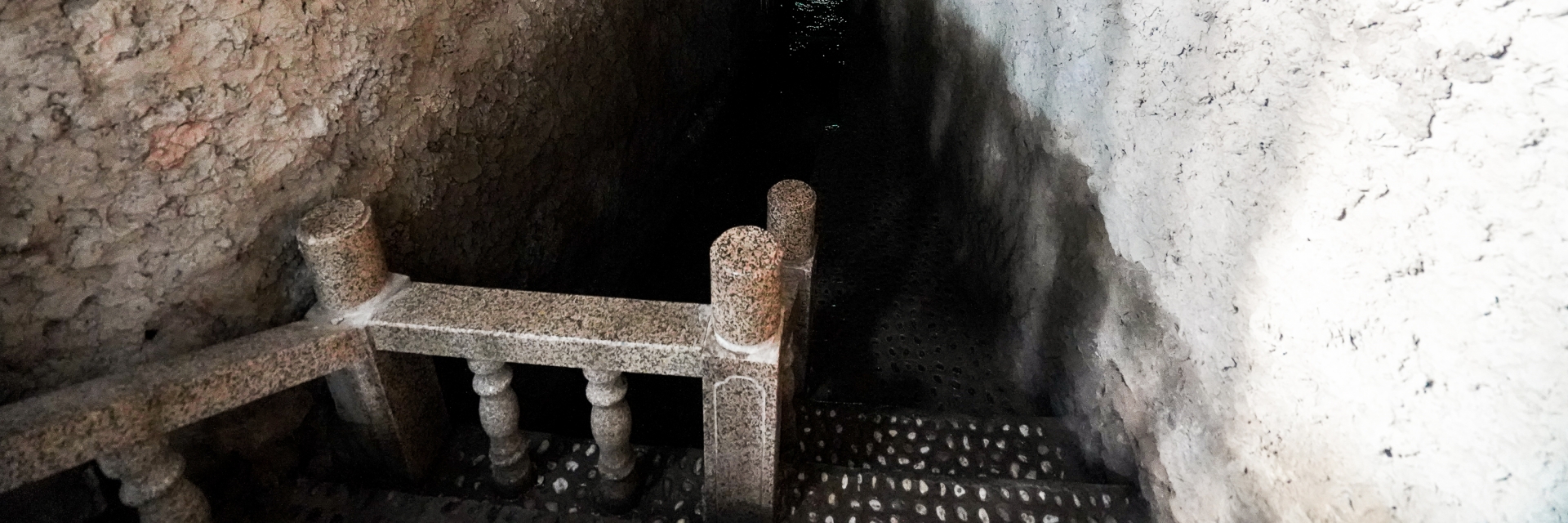
Karez Well on the Silk Road | Ancient Irrigation in Xinjiang
By Leo
Hello, I’m Leo, having traveled extensively along the Silk Road for over 20 years. Among its many wonders, the Karez Wells in Xinjiang left the strong impression on me. This ancient irrigation system has supported desert life for centuries, turning arid land into fertile fields. Walking through the underground channels, I could feel the ingenuity of past generations.
In this guide, I share the most authoritative insights on visiting the Karez Wells in Xinjiang, highlighting their history, cultural significance, and the unique experience of exploring this desert marvel.
Karez Well on the Silk Road: What Is the Karez Well System?
The Karez Well on the Silk Road is an ancient irrigation system in Turpan. With vertical shafts, underground canals, and surface channels, it brings Tianshan Mountain water to the desert oasis. Its gravity-based design prevents evaporation and supplies farms, homes, and travelers for centuries
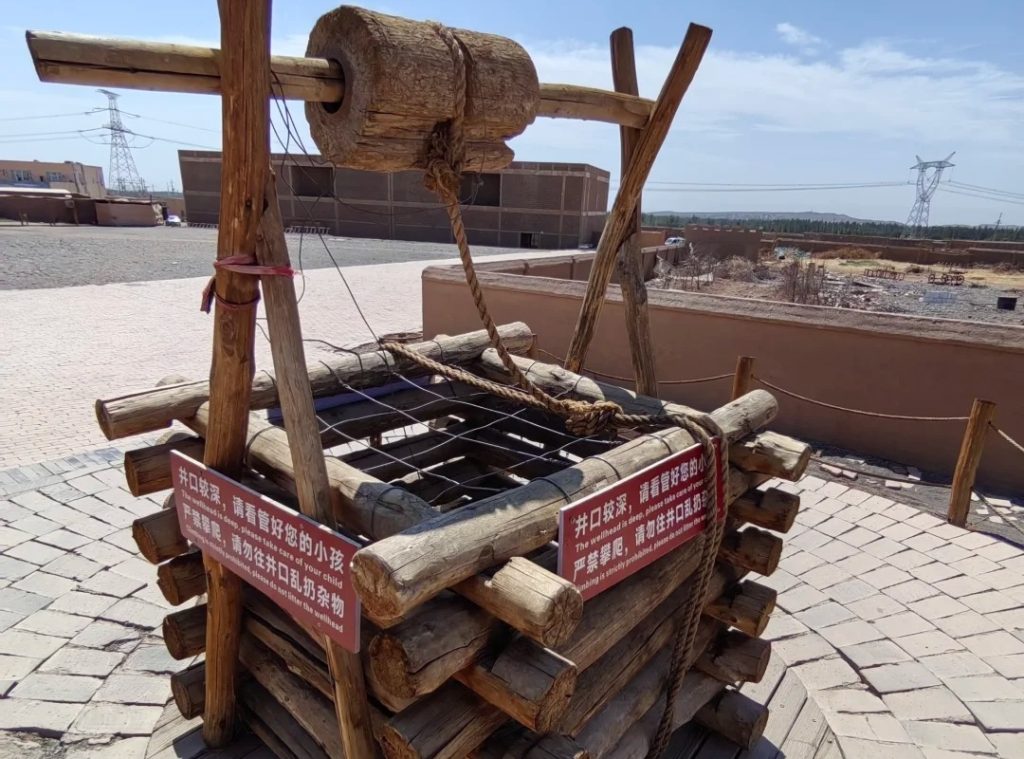
How Does the Karez System Work?
The Karez System is a masterpiece of ancient engineering. Here’s how it works:
- Water Source: The water comes from melting snow in the Tianshan Mountains.
- Collection: It is collected through vertical wells dug into underground water sources.
- Distribution: The water flows through underground canals, which are built at a gentle slope to ensure smooth movement.
- Surface Channels: Once the water reaches the surface, it is distributed to fields and homes through a network of open channels.
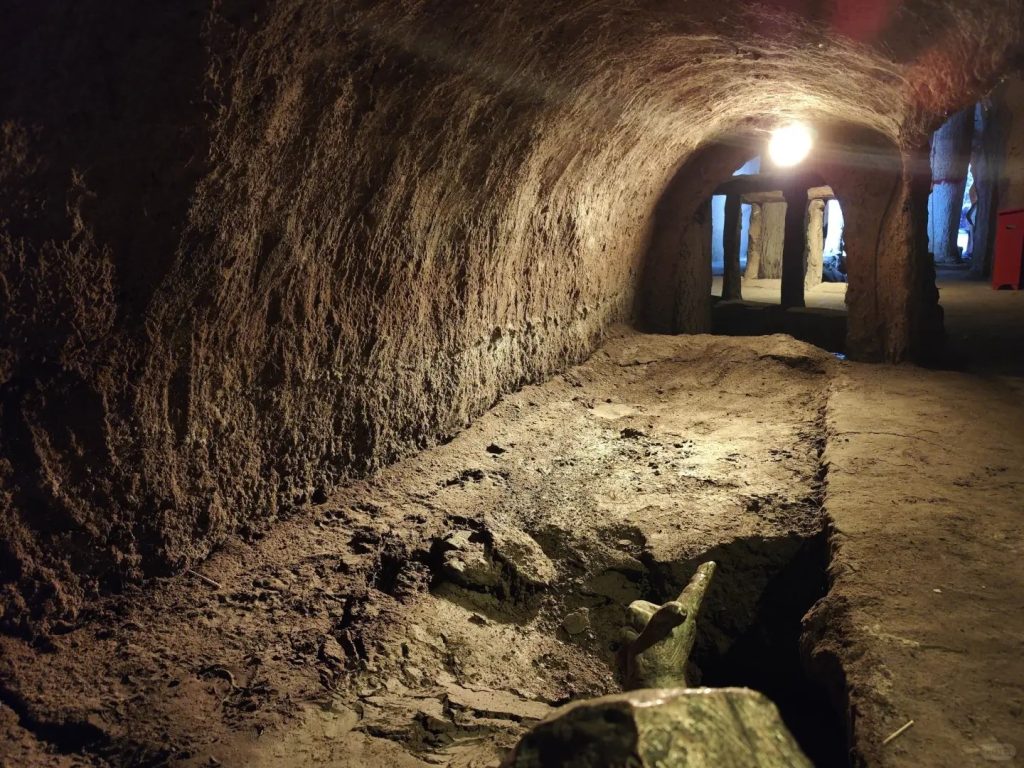
This system is so efficient that it has been in use for over 2,000 years, supporting agriculture and daily life in one of the driest regions on Earth.
Unmissable Experiences at Karez Wells on the Silk Road
1. Explore the Underground Channels
Descend into the Cool Passages
At sites like Jiaohe Post Karez Park, you can explore the underground tunnels of the Karez Well on the Silk Road. The temperature drops sharply, a refreshing contrast to the desert heat, showing why Karez was vital for survival.
See the Flowing Water
Streams of snowmelt from the Tianshan Mountains run through the channels, nourishing Turpan’s fields for centuries.
Look Up at the Shafts
From underground, you can spot vertical shafts, some over 100 meters deep. Once used for light, air, and maintenance, many now have platforms where visitors can view their design safely.
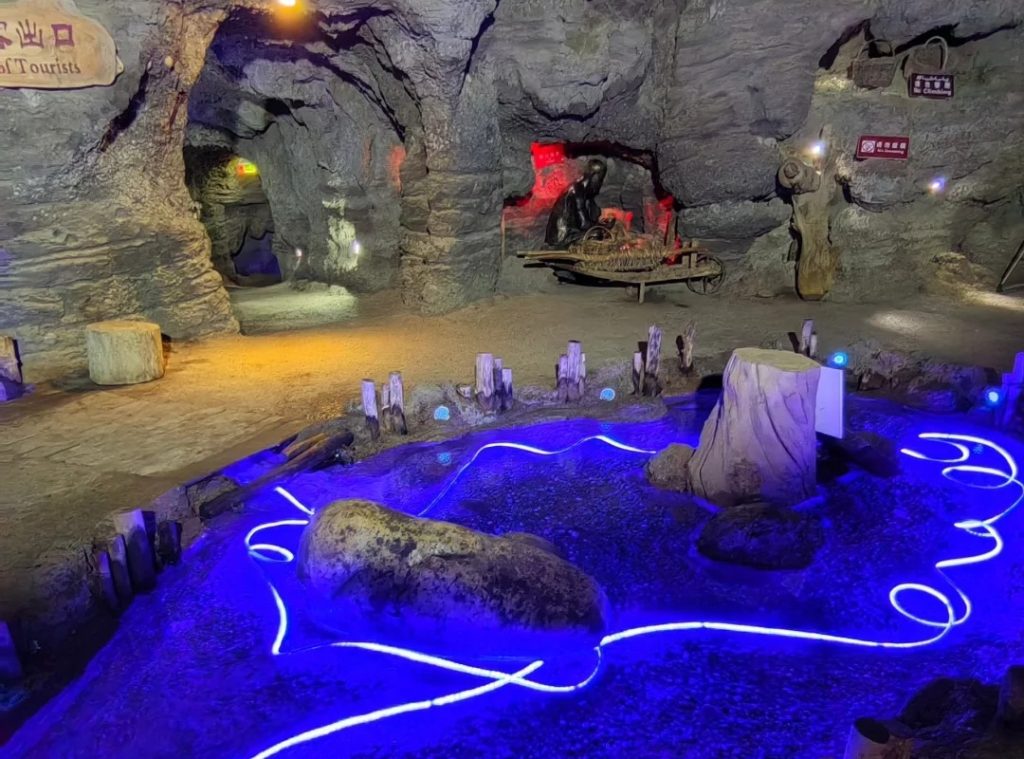
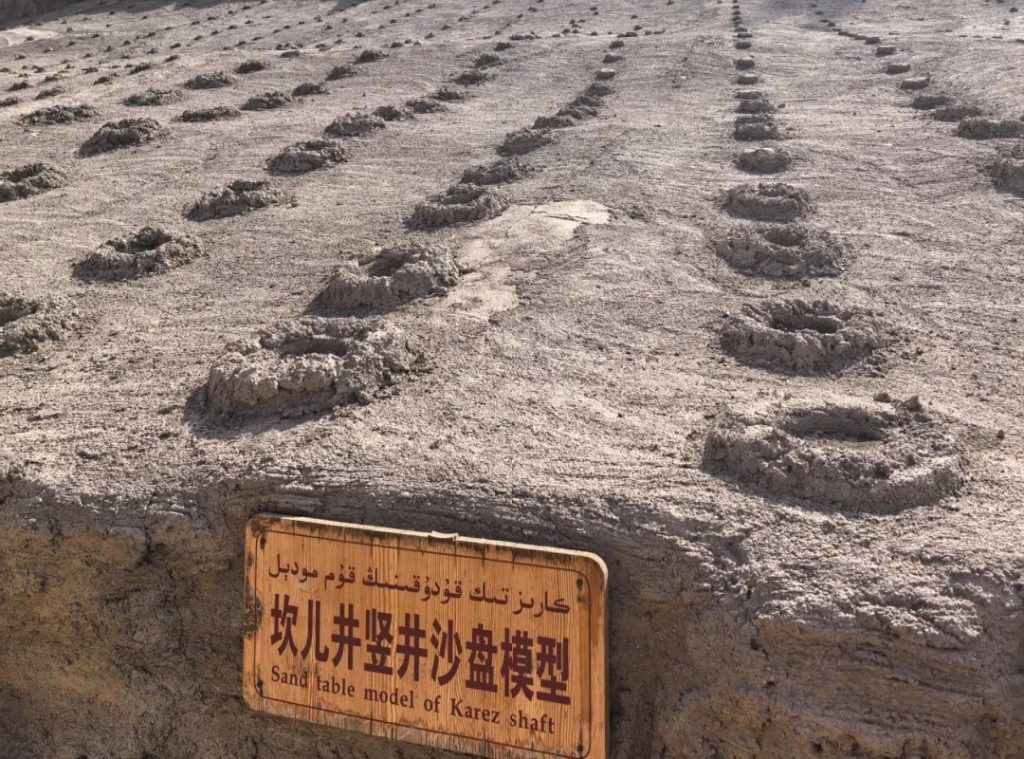
2. Visit the Karez Well Museum
Discover Ancient Tools and Models
In museums like Turpan Karez Paradise or Karez Folk Park, you’ll see digging tools, maps, and life-sized models. They show how ancient builders used gentle slopes to let water flow naturally without pumps.
Learn Through Multimedia Displays
Interactive screens, videos, and documentaries explain how the Karez Well on the Silk Road evolved through the Han, Tang, and Qing dynasties, and how it shaped local life for centuries.
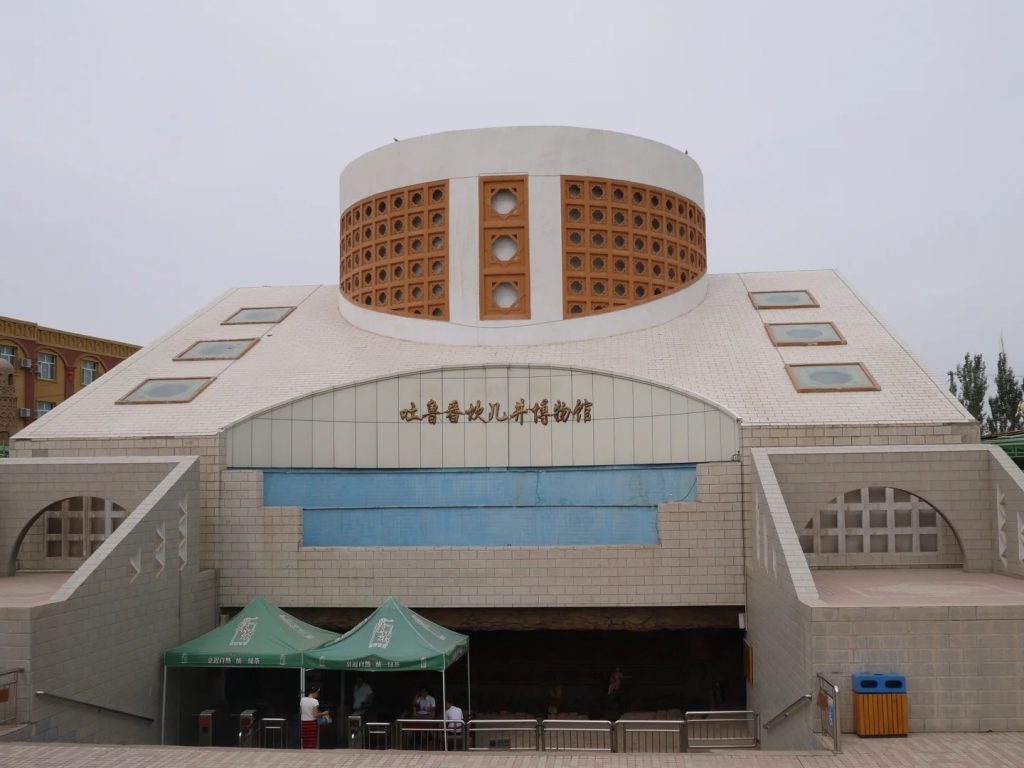
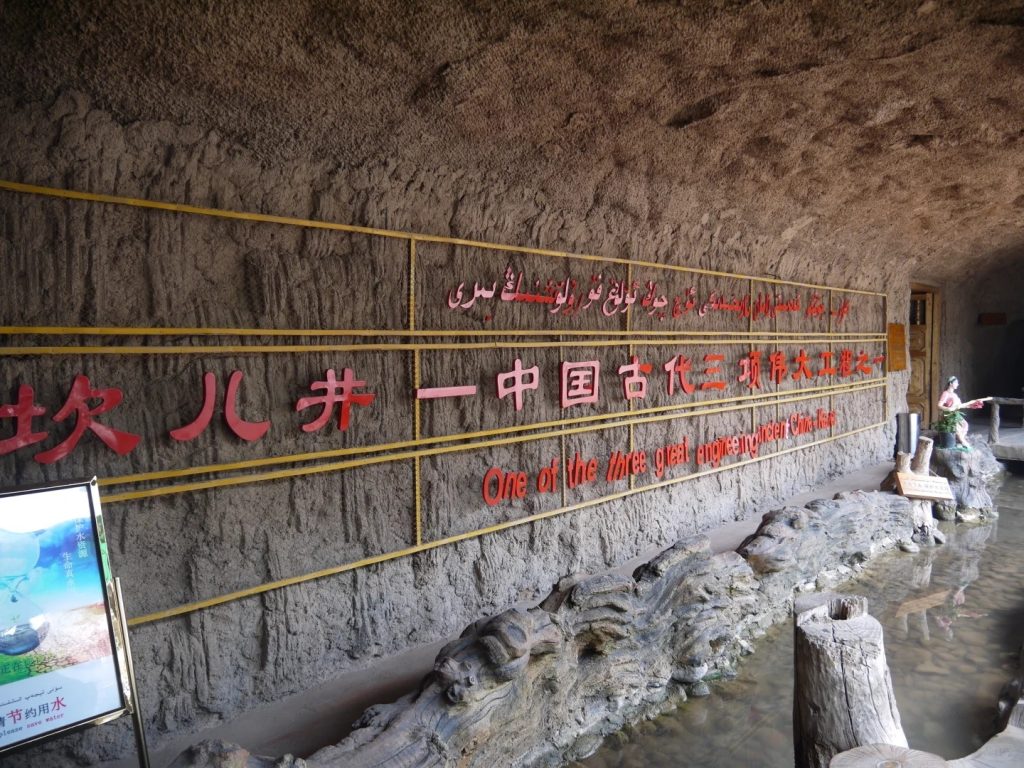
3. Taste the Pure Water and Local Food
Drink Fresh Karez Water
At some sites along the Karez Well on the Silk Road, you can scoop up cool, crystal-clear water and taste its slight sweetness. This same lifeline has sustained desert communities for centuries.
Enjoy Uyghur Cuisine
Nearby, you can savor hand-pulled noodles, baked buns, roasted lamb, and crispy naan bread. Pairing them with fresh Karez water creates a true local experience.
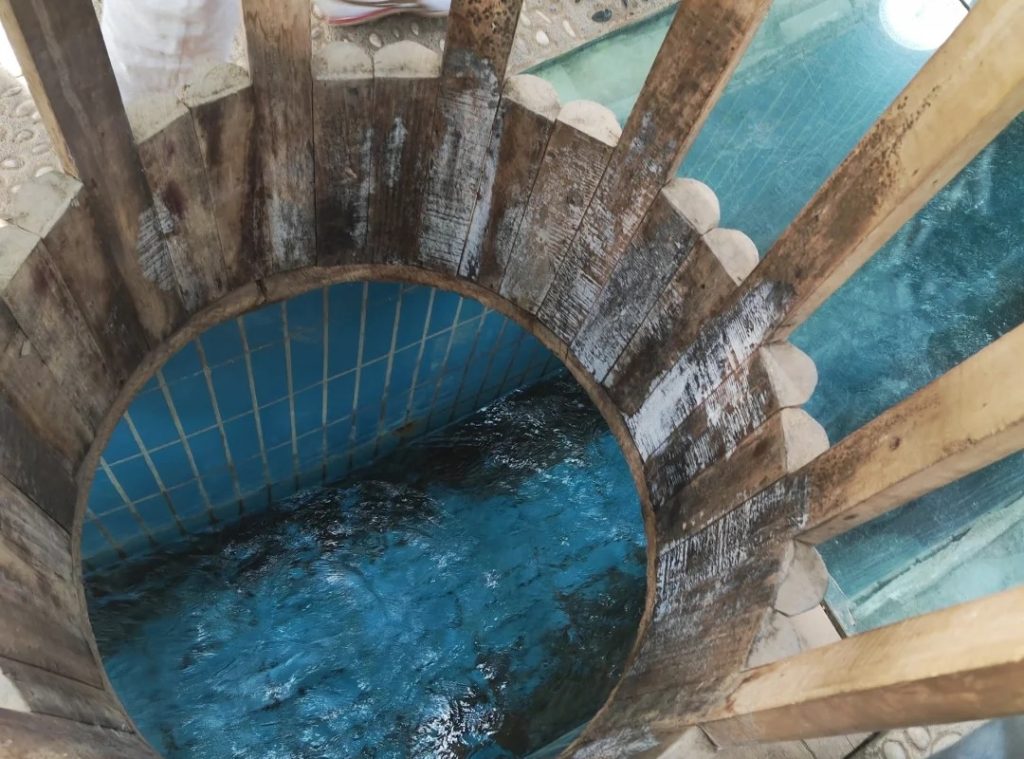

4. Enjoy Cultural Performances
Watch Colorful Dances
At several sites near the Karez Well on the Silk Road, you can enjoy Uyghur folk shows such as the lively Nazikum dance. Performers often invite visitors to join, making the experience interactive and fun.
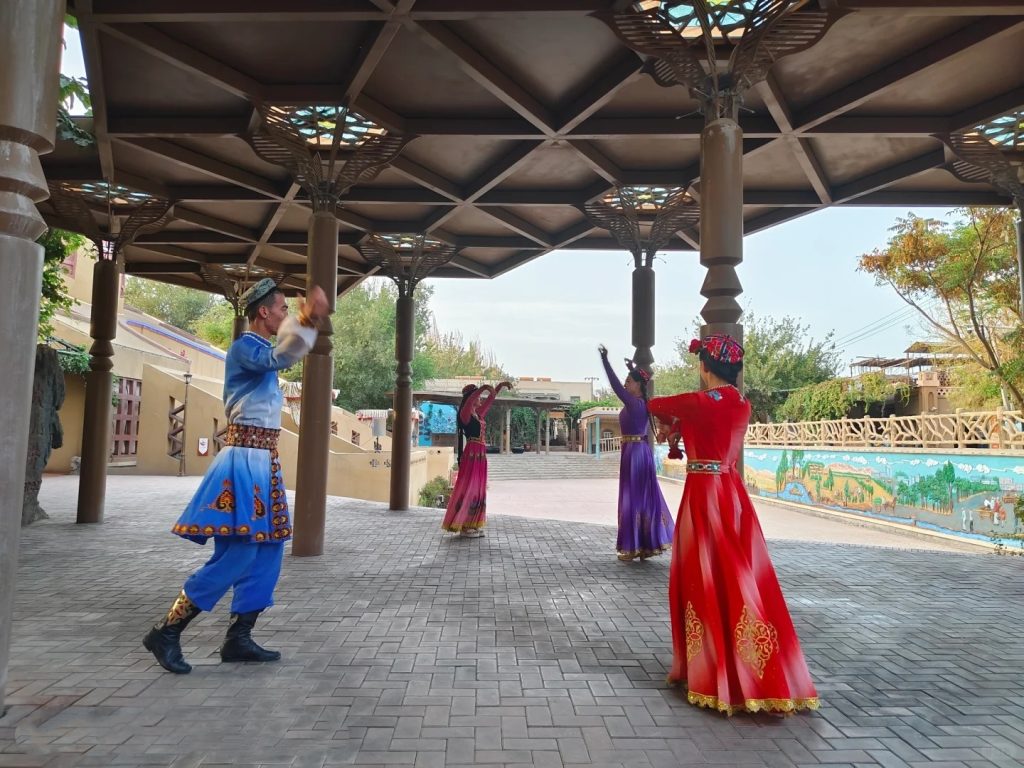
Listen to Traditional Music
Musicians play the dutar and satar, filling the air with classic Silk Road tunes. Enjoying this with a cup of local tea makes the experience even richer.
Practical Travel Guide for Visiting Karez Well on Silk Road
Planning a visit to the Karez Well on the Silk Road? This practical travel guide covers the best time to go, transportation options, essential gear, and itinerary tips. It will help you make the most of your journey to this historic irrigation marvel.
| Category | Key Details |
| Best Time to Visit Karez Well on Silk Road | April–June or September–October (20–28°C). Experience well-cleaning festivals (April) or grape harvests (September). Avoid July–August (>45°C) and winter (tunnels closed). |
| How to Get to Karez Well on the Silk Road | To Turpan: High-speed train from Ürümqi (2h) or flight from Kashgar (1.5h). To Karez Sites: Taxi to Karez Folk Museum (15 min from downtown). Guided tunnel tours available at the museum. |
| Essential Gear for Visiting Karez Well | Headlamp, slip-resistant shoes, UV scarf, refillable water bottle, long sleeves. |
| Itinerary Tips for Visiting Karez Well | Morning: Museum & Karez tunnel exploration Afternoon: Jiaohe Ruins or Flaming Mountain |

Visiting the Karez Well on the Silk Road is a journey into both history and daily life. From the underground tunnels to the museums, from a sip of sweet water to the rhythm of Uyghur dances, every experience brings you closer to the heart of Xinjiang. It is not only about seeing an ancient irrigation system. It is about feeling the resilience of people, the depth of culture, and the timeless connection between water and life in the desert.